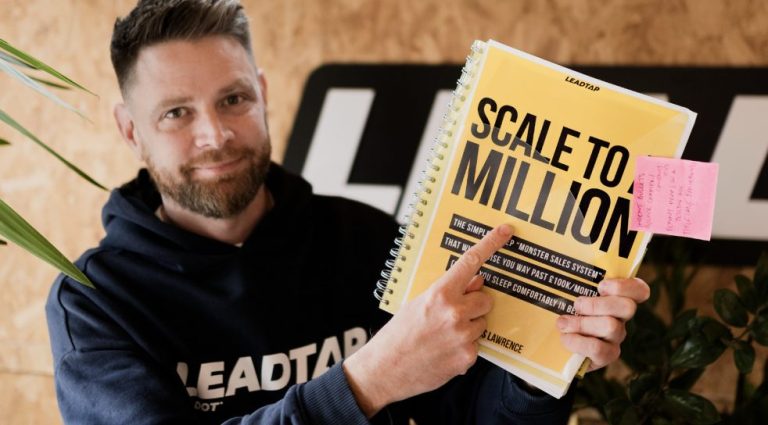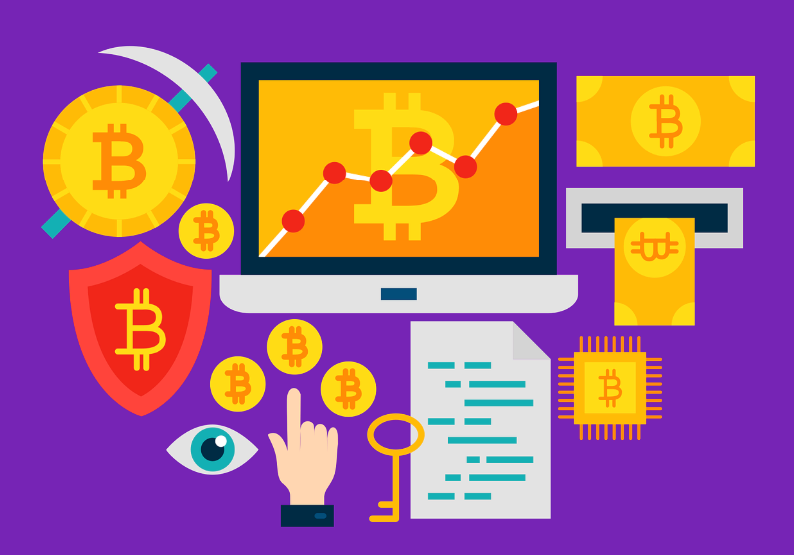Specialty roasted coffee beans are becoming a favorite choice for coffee lovers who appreciate depth, quality, and a richer tasting experience. When people speak about “specialty” coffee, they are referring to beans that undergo exceptional care at every stage, starting from how they are grown to how they are roasted. This category represents the highest level of coffee craftsmanship and continues to gain popularity worldwide.
What Are Specialty Coffee Beans?
Specialty coffee beans are classified according to strict quality standards set by international coffee organizations. Only beans that score 80 points or above on a specialized 100-point scale are considered specialty grade. These beans are usually grown in unique climates that enhance their natural flavors, and they are often sourced from a specific region or single farm. This element of origin matters because altitude, soil, weather, and farming techniques all influence how the final cup will taste.
These beans are also carefully selected and sorted. Unlike commercial-grade coffee, which may include defective or uneven beans, specialty coffee beans undergo a detailed examination. They are hand-picked at peak ripeness and evaluated for uniformity, shape, aroma, and quality. Any batch that fails to meet the criteria is not approved as specialty. Another key feature is transparency. Specialty beans often come with information about the farm, processing method, and harvest season, giving consumers confidence in what they are purchasing.
From Bean to Roast: The Journey Matters
The journey of specialty roasted coffee beans continues long after harvesting. Once the beans reach the roastery, they are treated with a high level of precision. Roasting is considered an art, and roasters adjust time and temperature carefully to enhance the bean’s natural characteristics instead of overpowering them.
Small-batch roasting is commonly used for specialty coffee. This allows the roaster to maintain consistency and fine-tune each roast profile. Lighter roasts preserve fruity or floral notes, while medium roasts offer a balanced flavor, and darker roasts develop deeper, richer tones. Rather than relying on an overly intense roast to mask imperfections, specialty roasting aims to highlight the bean’s unique story. Freshness is another essential factor. Specialty roasted beans are generally roasted shortly before being sold, ensuring their aroma and flavor remain vibrant when they reach customers.
Why Specialty Roasted Beans Deliver a Superior Experience
A richer, more complex taste
One of the biggest reasons coffee enthusiasts seek specialty roasted coffee beans is the complexity of flavor. Instead of a single dominant taste, these beans can reveal layers such as chocolate, citrus, berry, floral, or nutty notes. Every origin has its own profile, giving drinkers an opportunity to explore new and diverse flavor landscapes.
Transparency and ethical sourcing
Specialty coffee supports traceability. Because the beans come from known farms or cooperatives, they often involve fair compensation and sustainable farming practices. This creates a more ethical supply chain and supports communities that depend on coffee cultivation.
Consistency and craftsmanship
Every step, from selective harvesting to small-batch roasting, aims to maintain quality. This consistency means that each cup brewed from specialty beans reflects the intended flavor crafted by farmers and roasters.
A growing part of global coffee culture
Specialty coffee is central to the “third wave coffee” movement, which treats coffee as a high-quality artisanal beverage rather than a mass-produced commodity. Enjoying specialty coffee is about appreciating the journey behind the product, not just drinking it for caffeine.
What to Look For (and What to Ask)
When choosing specialty roasted coffee beans, keep the following points in mind:
- Check the origin to understand the bean’s flavor potential.
- Look for a recent roast date to ensure freshness.
- Observe bean uniformity and color.
- Learn how the beans were processed, as washed, natural, or honey processing affects taste.
- Choose a roast level that matches your preferences.
- Buy from trustworthy roasters who provide clear information about their beans.
These details help guide your decision and enhance your overall coffee experience.
Specialty Roasted Coffee Beans — A Different Class
Specialty roasted coffee beans represent more than just a product; they reflect a commitment to excellence. Their journey from farm to cup involves precision, ethical sourcing, and a deep respect for the natural qualities of the coffee bean. By choosing specialty coffee, you invest in a richer and more meaningful drinking experience.
Whether you are brewing at home or serving customers in a café, specialty roasted coffee beans offer clarity of flavor, reliable quality, and a chance to explore coffee at its finest.













 Bitcoin
Bitcoin  Ethereum
Ethereum  Tether
Tether  XRP
XRP  USDC
USDC  Solana
Solana  Lido Staked Ether
Lido Staked Ether  TRON
TRON  Cardano
Cardano  Avalanche
Avalanche  Toncoin
Toncoin